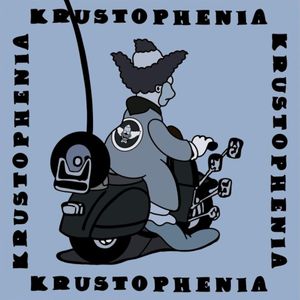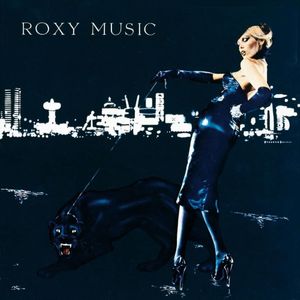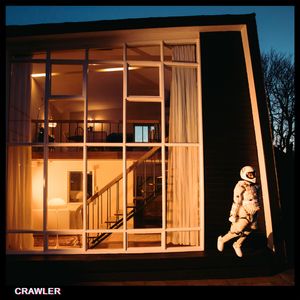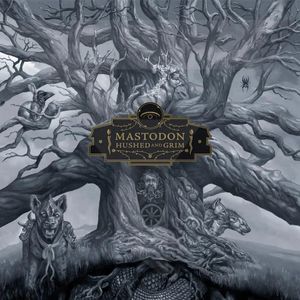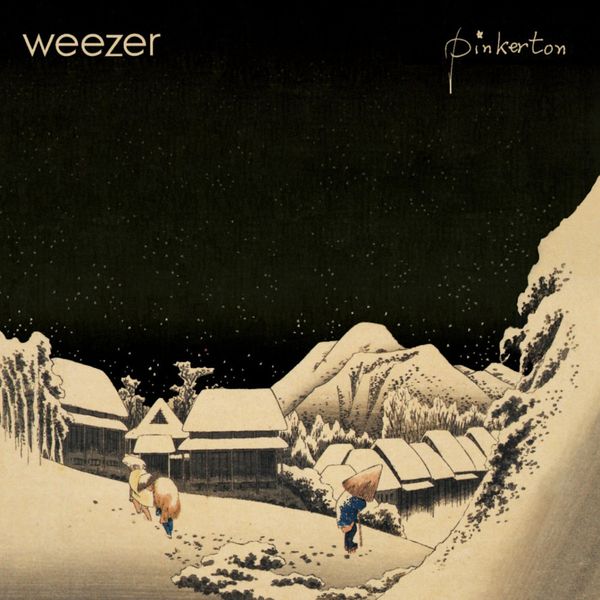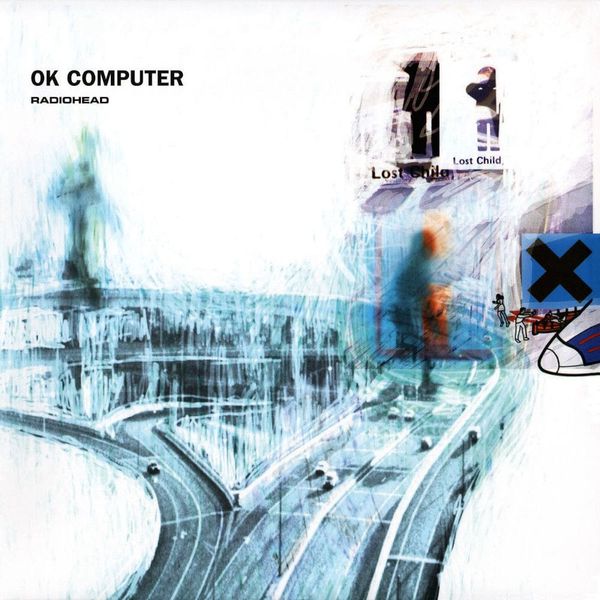Let Love In
Nick Cave & The Bad Seeds
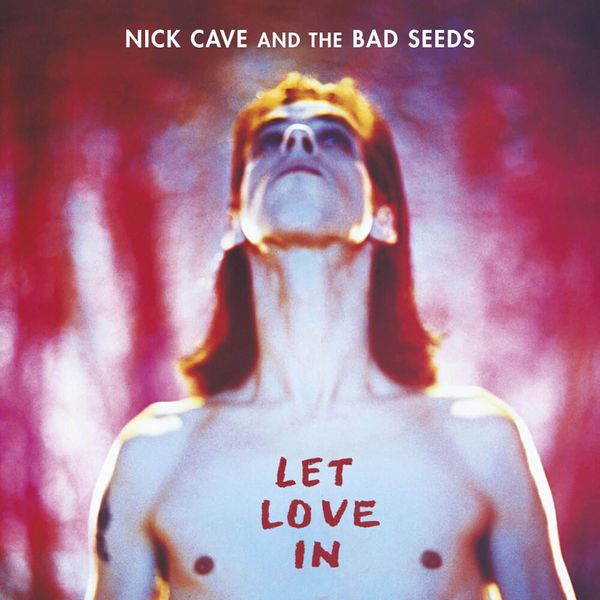

Essential Tracks
- Red Right Hand
Favourite Tracks
- I Let Love In
- Jangling Jack
André
The Nick Cave & The Bad Seeds catalogue is a tricky one to infiltrate. It speaks volumes about the quality and diversity of the musical output that, when prompted as to which is the best, fans often point to a good handful of records. Whilst The Boatman’s Call is a magical album, I’d instead recommend Let Love In as an entry album for new listeners. It’s a striking and visual record that captures everything that Nick Cave is all about.
He and The Bad Seeds seemingly had no limits here. The album’s early ballad “Nobody’s Baby Now” is followed by “Loverman” and “Jangling Jack”, both of which feature powerful segments of punk rock. Cave’s performance on the latter cut is both captivating and hilarious — he sounds absolutely unhinged. Let Love In revels in chaos, and Cave seems in his element here. The album’s striking cover art says it all.
Whilst Cave expresses such raw emotion in animalistic fashion, The Bad Seeds support him with a swagger. They provide a technical, skilful quality that makes Let Love In what it is. The arrangements are expansive and diverse, with coarse guitars blending between the lines of timpani, bells, piano, and organ. Lots of organ. The Bad Seeds set a perfect scene for Cave’s poignant poetry. The album’s cinematic quality has only been strengthened since its release, with the outstanding “Red Right Hand” being used as the theme tune to Peaky Blinders (and its lesser known, yet quite brilliant, feature in the original Scream).
I’m not sure Let Love In is the greatest album by Nick Cave & The Bad Seeds, though I’m fairly sure it’s my personal favourite. They indulged themselves in carnage; twisting genres so violently that you can practically hear them bleed. Twenty-five years on, and the record still sounds as brilliant as ever.
Favourite tracks //
- Red Right Hand
- Jangling Jack
- Ain’t Gonna Rain No More
Fred
Let Love In is a bit of a voodoo album. Lots of strange, unexpected things go in, and from the resultant puff of red smoke a magical and slightly spooky figure steps out. The ever broody Nick Cave takes centre stage of course, almost to the point of hogging the spotlight, but there’s a lot going on around him. That’s what makes the album truly shine.
The Bad Seeds are an ideal backing for Cave. Their arrangements squeeze in a lot of sounds but the songs they form rarely feel cluttered. Instead there is the freakish ease of the carnival, where all manner of weird and wonderful characters have license to wander without judgement. Normalcy is not present or desired.
Groaning guitars, neon organs, militaristic drumming, clanging bells, and an ever-present sci-fi oddness together make for a uncannily focused listen. Cave’s derangement kind of holds everything together. Grimy western “I Let Love In” and closer “Do You Love Me (Part 2)” are favourites of mine, but the undoubted highlight of Let Love In is “Red Right Hand”.
In the brilliance of “Red Right Hand” one sees reflected the limitations of the album, such as they are. The song’s languid, mystical groove is a near-perfect blend of Nick Cave and The Bad Seeds, whereas much of the album feels more like Nick Cave (and The Bad Seeds). It’s a subtle difference, and I’ve phrased it poorly, but it is there. “Red Right Hand” is brilliant because it gives the Seeds room to breathe, because the mix is sparse and otherworldly. Cave was apparently unenthusiastic about the song to begin with and somehow that does not surprise me.
This is a minor complaint. Let Love In is a very fine album and I expect to return to it often. Are some of the songs disposable? Yes. (Looking at you, “Thirsty Dog” and “Ain’t Gonna Rain No More”.) Do The Bad Seeds deserve more room? Yes. Is Nick Cave a commanding, captivating frontman? Unquestionably. So all things considered I hold my tongue and enjoy the ride.
Favourite tracks //
- Red Right Hand
- Do You Love Me? (Part 2)
- I Let Love In
Gabriel
I am by no means a seasoned Nick Cave listener, not least of all due to his (and his Bad Seeds) extensive back catalogue stretching almost 40 years. However, Let Love In is as good a place to start as any. It may be the most well-rounded listening experience for any new listeners as it exemplifies Nick Cave’s vocals and lyrics whilst also varying its influences and sounds from song to song.
For me, the real star of the show in most of this record is Nick Caves vocal delivery. The stories he tells are tangible and visually explosive. Like early Morrisey in The Smiths, melody in the vocal performance is not always paramount. Instead, the performance is key, how he tells the stories he does is important. This of course, is not to say the accompanying music has nothing to say, but it can often act as more of a backdrop to the theatre that is Nick Cave.
Lyrically, there is a lot to take in here. Themes of love, death and religion ring throughout (as they do in many others of his albums), but they are always approached in an interesting way, or in story. This is seen best in tracks like “Red Right Hand” and “I Let Love In”.
Let Love In is not a perfect album however. Whilst there is a lot to love here, some tracks feel not quite in the same calibre as others. Some of the more standard ballads don’t seem to fit the persona Cave conjures in the rest of the album. However, if you like me, didn’t like these, then there’s even some excellent post-punk to get your ears around on “Thirsty Dog”.
Nick Cave may sometimes seem more of a poet than a musician, but along with his Bad Seeds the lyricism on offer here in Let Love In is dark, aching (and sometimes a bit cheesy). Nonetheless, a record well worth your attention.
Favourite tracks //
- I Let Love In
- Red Right Hand
- Thirsty Dog


